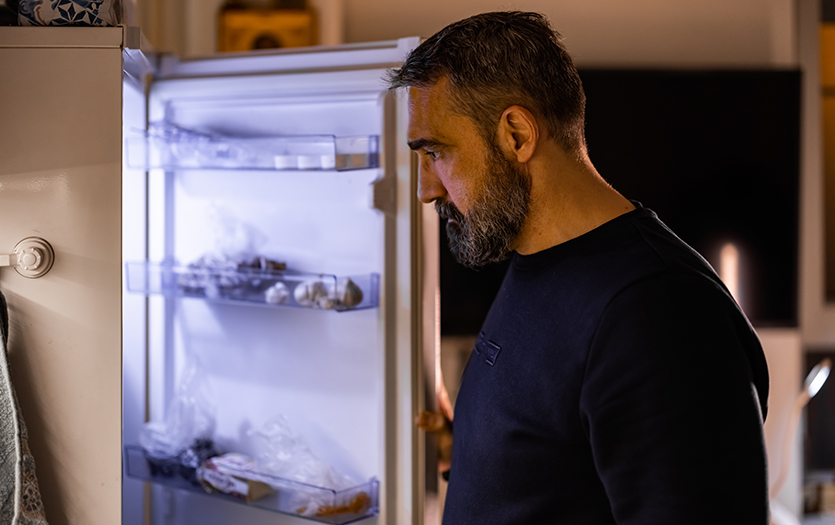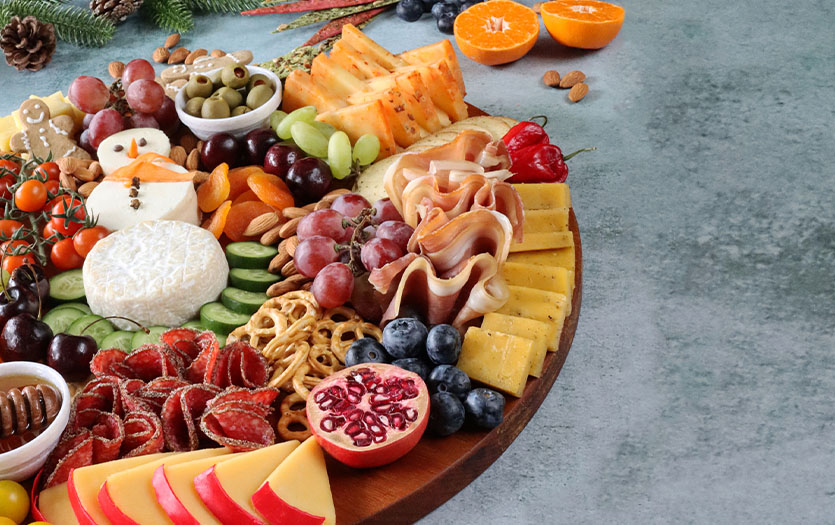According to the United States Environmental Protection Agency (EPA), about 133 billion pounds of food is wasted in the United States each year. That’s about 31 percent of the overall food supply. To put the numbers in relatable terms, statistics show that American families throw away about 25 percent of the food and drinks they purchase, costing each family a few thousand dollars a year. Kathy Wehrle, Community Outreach Registered Dietitian Nutritionist, and Ali Thomas, Parkview Health Dietetics Intern, are taking us to “Food Waste Bootcamp 101” — teaching us simple food sustainability tips that will be benefit the environment, our budgets and our communities.
Make a plan.
Avoid buying unnecessary items at the grocery store by making a meal plan. At the beginning of each week, sit down and decide what you’ll be eating for the entire week. Include breakfast, lunch, dinner and snacks. If you tend to have leftovers, incorporate leftover meals in your weekly plan. Don’t forget to schedule the nights you’ll be eating out, and be sure to account for leftovers from restaurants as well. Try planning your meals with ingredients that will compliment each other. For example, if one recipe calls for 1/2 an onion, plan a meal that week that will use the other half. An added benefit to planning is a healthier lifestyle — no more last minute trips to a fast food restaurant because you don’t know what to cook!
Shop smart.
Always make a grocery list prior to leaving the house. Check your pantry and your refrigerator before you leave to avoid purchasing items you already have. Avoid overbuying by including the quantity of each item needed on your list. Stick to the list and don’t shop hungry!
Store foods properly.
Each week, have your refrigerator cleaned and ready for the new groceries. Make it a mission to declutter that fridge! Foods will keep longer if they’re stored in the proper places, such as bananas on the counter and carrots in the produce bin. Place your new food items behind older food items so that older items are used first. Take some time to prepare the items you planned to have as snacks or lunches — divide things like celery or carrot sticks up into baggies that are ready to grab and go so they won't be forgotten about and wasted through the week. In general, prepared food should be tossed out within 3-4 days, so keep that in mind when planning.
Be creative.
Take a look at you're refrigerator before heading back to the store to see if there’s anything you can use for another meal. For example, if you have extra produce, use it in muffins or quick breads. Extra chicken can be used to make a chicken salad, wraps, or can make an excellent addition to fresh soup. Try making a spaghetti frittata if you have extra pasta. The possibilities are endless!
Also remember, just because a food is a little past its peak doesn't mean it’s unusable (as long as it’s not completely spoiled). Fruits and veggies that are starting to go bad are great in smoothies, and stale bread can be turned into some delicious croutons.




